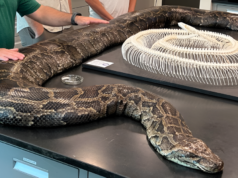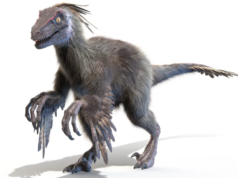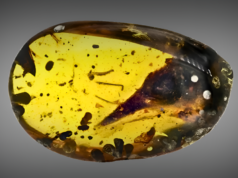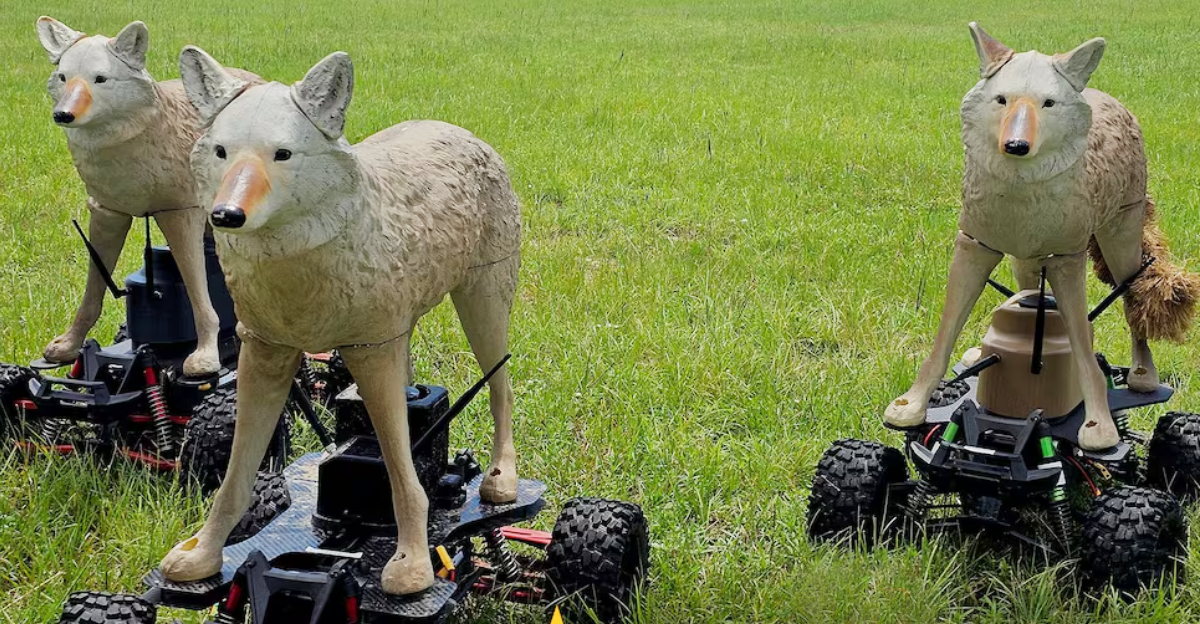
Military aircraft has faced unique threats from a source that many wouldn’t picture. While adversaries during conflicts might pose the biggest threat, there’s a much more domestic threat that sits in the shadow of military airfields – Birds and other wildlife.
Bird strikes pose a real risk to aircraft as they can destroy engines and damage control surfaces. The U.S. military has tried more traditional means of deterring birds, like loud noises and falconers, but they require dedicated personnel and are limited in their capabilities.
The Coyote Rover
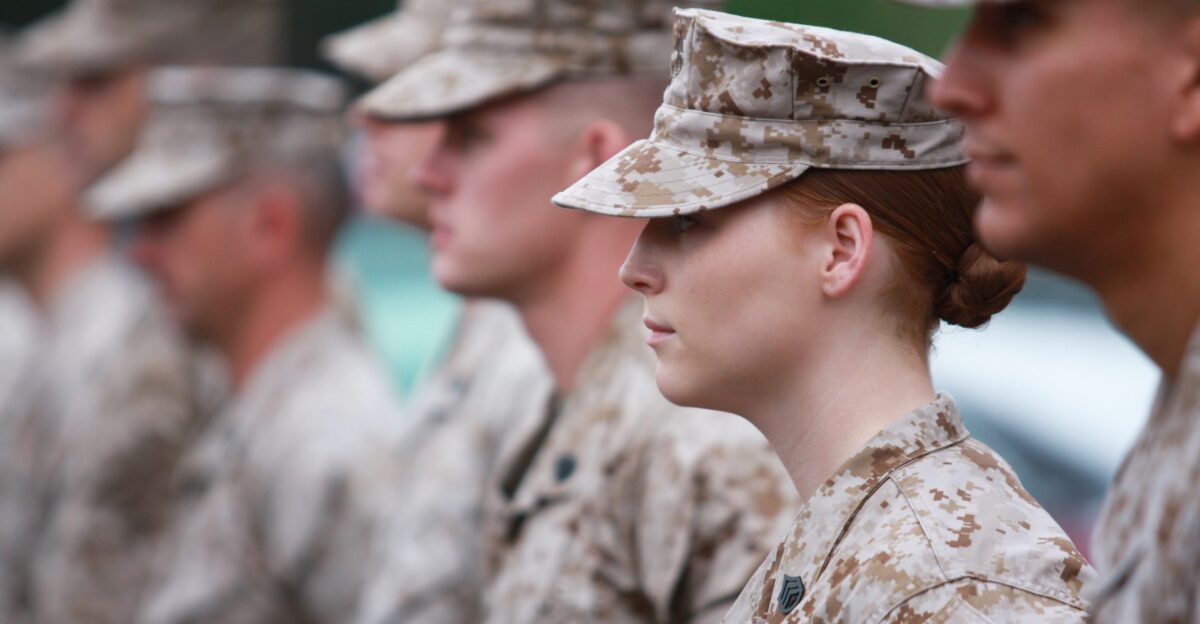
In order to more effectively deter wildlife, the U.S. military has looked to more innovative means – that’s where the Coyote Rover enters the stage. These unmanned ground vehicles (UGVs) are equipped with four-wheels and look like a typical rover, all except for the accurate coyote dummies that sit atop them.
These unmanned vehicles can move, making them far more convincing compared to static scarecrows. According to early tests, areas where Coyote Rovers patrol are starting to be avoided by small mammals and birds as they get hoodwinked.
How It Works
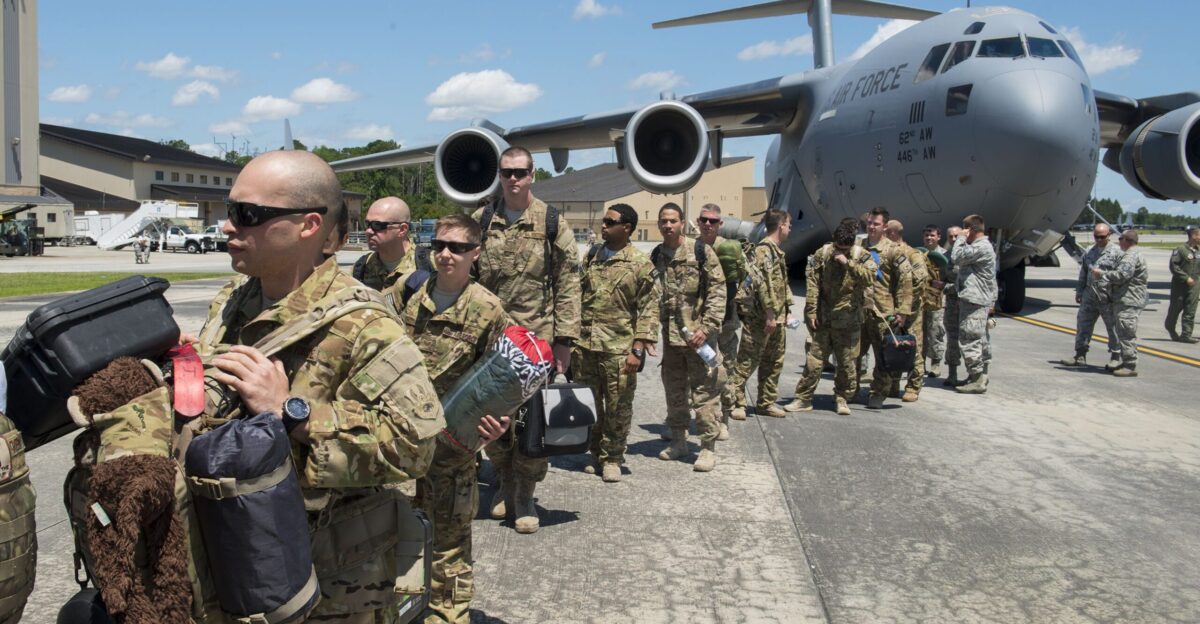
The Coyote Rover eliminates the need for dedicated personnel to take up time and resources to deter wildlife from threatening aircraft. They can patrol set routes that are programmed ahead of time to avoid conflicting with aircraft taking off on the runway.
The rovers are built for endurance, and docking stations are integrated in order to allow them to autonomously patrol for days. While still being tested, the Army Corps of Engineers states that in the future, AI integration will allow for a much more robust machine that will require even less human intervention.
Using AI
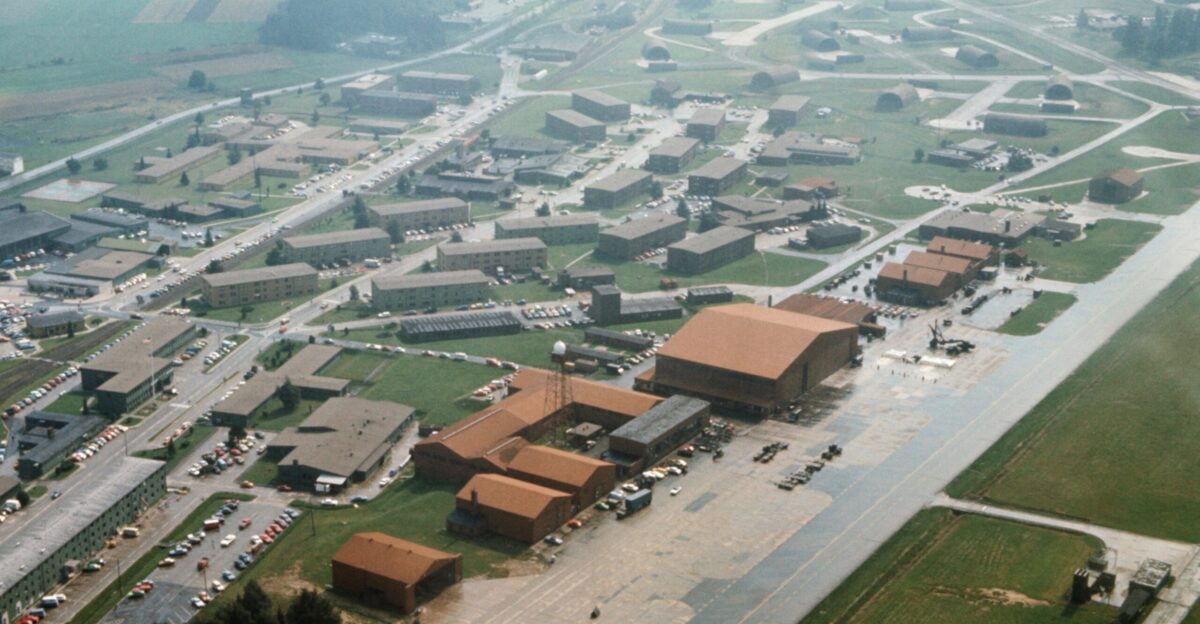
The future of the Coyote Rover will see it heavily lean on AI and machine learning. The goal if for the rovers to monitor their environment and be able to successfully identify different species and use specific countermeasures to scare them off.
Through field testing, the rovers could learn over time which deterrence tactic is best for each animal and optimize their routes where wildlife is most present and threatens aircraft.
Other Uses
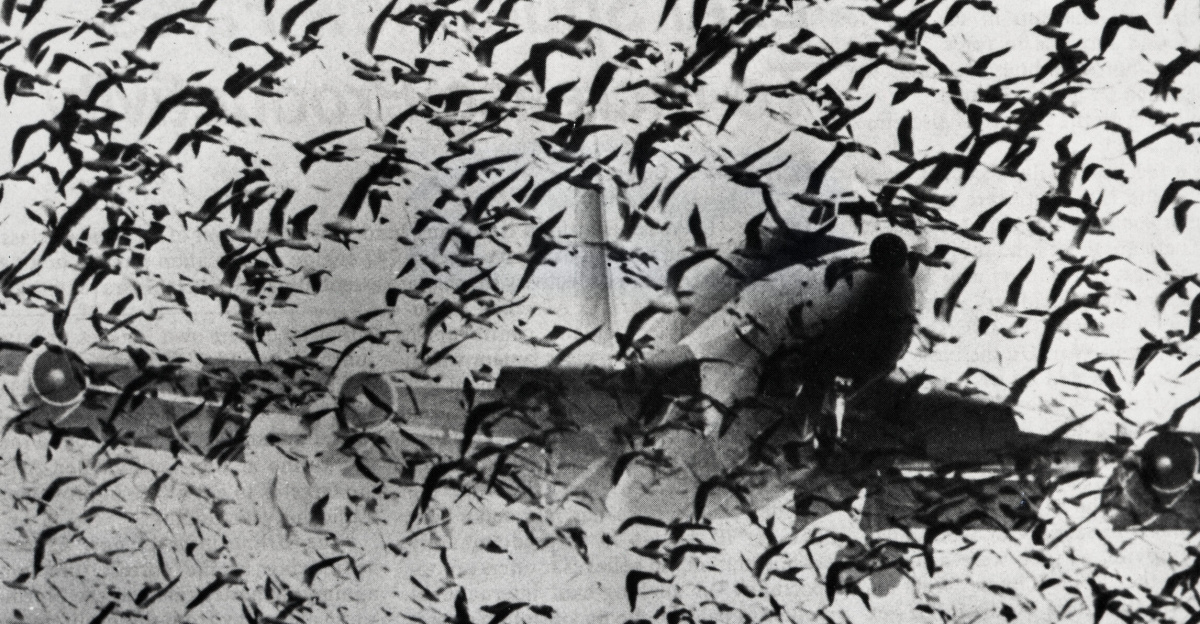
For now, the Coyote Rovers’ main goal is deterring wildlife from airfields and mitigating incidents involving aircraft. However, the technology can be leveraged in other ways if proved to be a longterm success. It’s not just airfields that wildlife threaten, but also important infrastructure like storage sites, locks, and dams.
Where wildlife is present in high numbers, the Coyote Rover could be adapted to keep them away and minimize disruptions to operations and potential repairs. The applications could also extend into the civilian market, stopping bird strikes from happening at commercial airports.
Benefits To The Rover
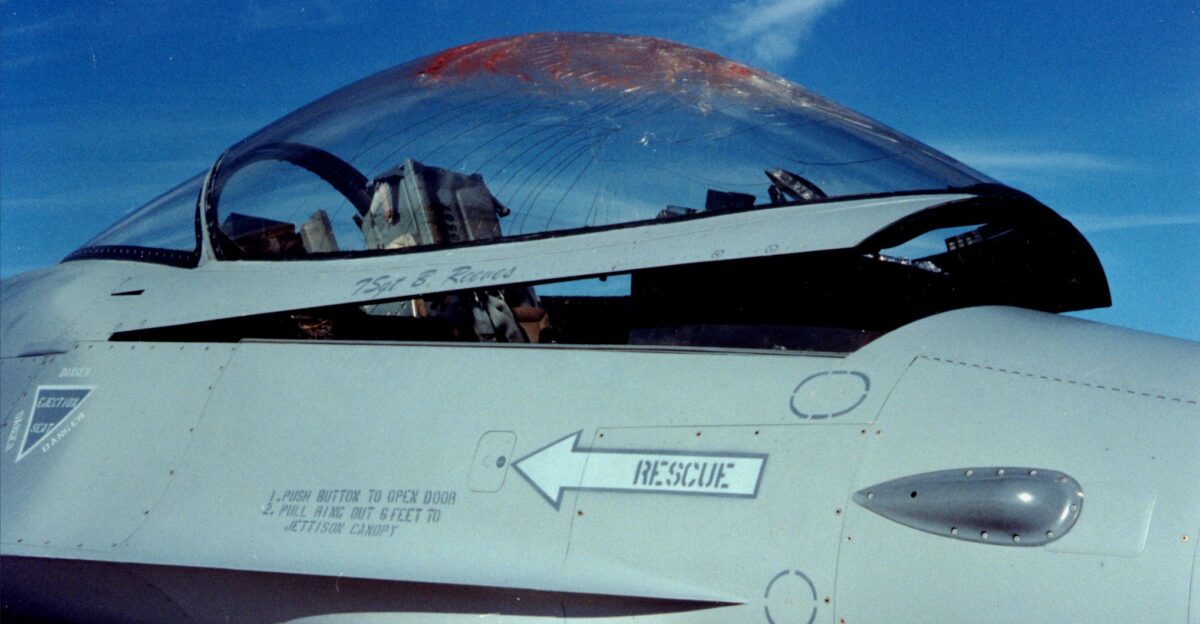
The Coyote Rover is a much more efficient and cheaper option overall when compared to the costs and resources associated with mowing airfields, using pest control, and manually patrolling areas.
The Army should free up a lot of resources and allocate them elsewhere while the Coyote Rover does the heavy lifting when it comes to wildlife interference. This could end up saving millions if deployed across multiple army bases.
Providing Important Insight
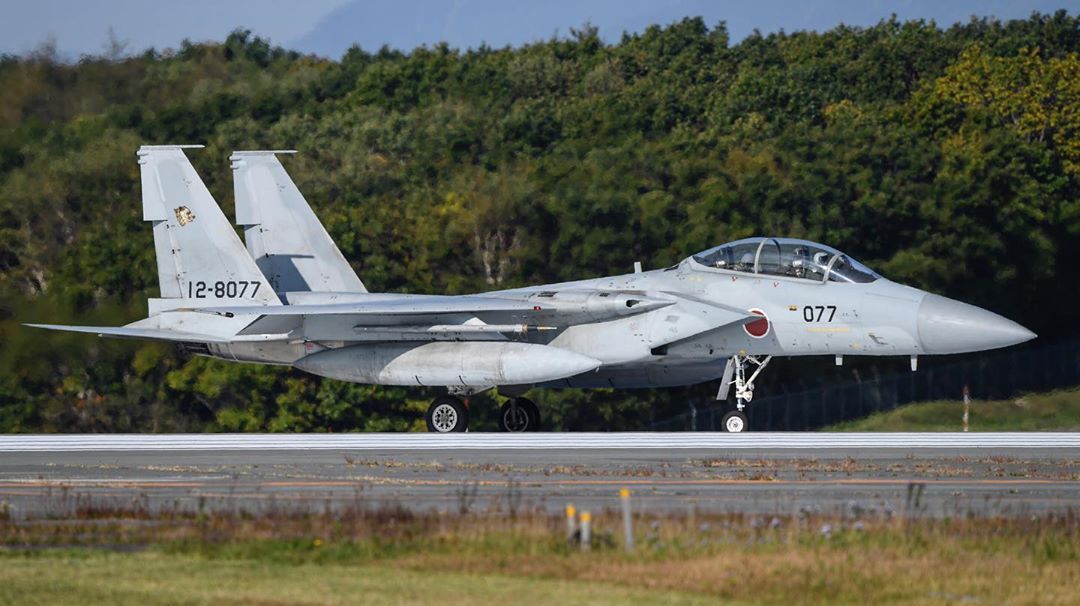
The Coyote Rovers are more than just glorified scarecrows that move. They are providing essential insights into the usage of advanced robotics in real-world circumstances.
The Army’s research team is looking into further elevating the rover’s abilities, including equipping it with the means to traverse rougher terrain and more extreme weather.
Not For Combat
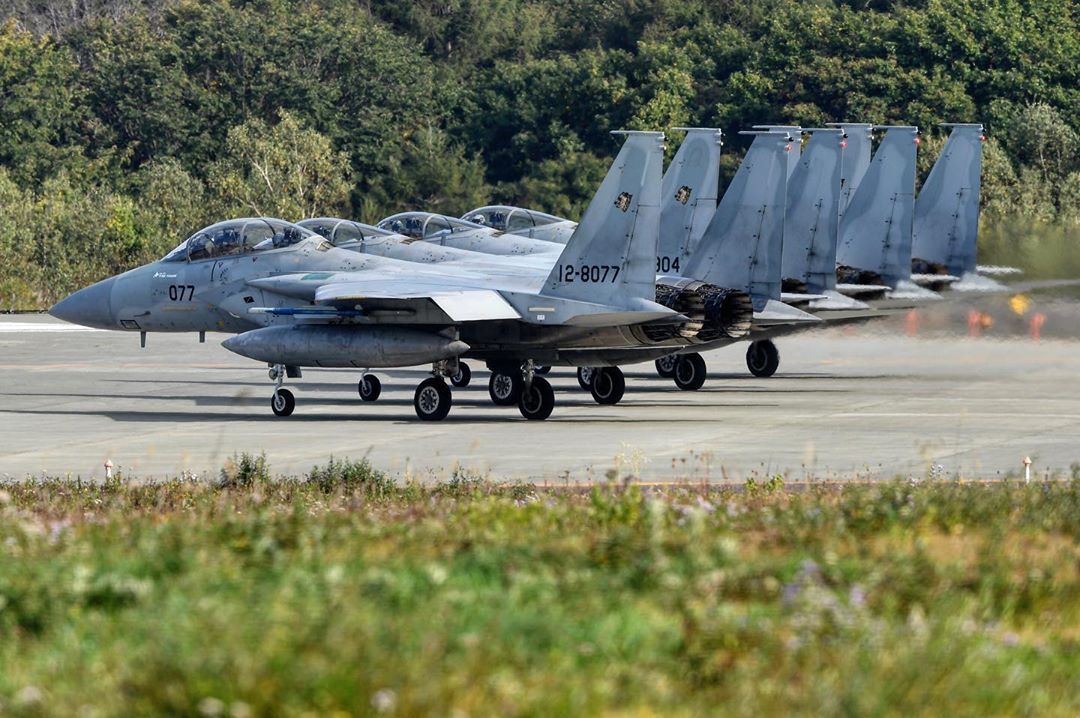
While the “AI Coyotes” might be defending U.S. aircraft from wildlife through deterrence, they are not equipped for combat, which means that they have no weapon systems.
They play a niche and dedicated role in the military, but cannot do anything beyond that scope, like taking down enemy drones or defending against intruders other than wildlife.
The People Behind The Rover
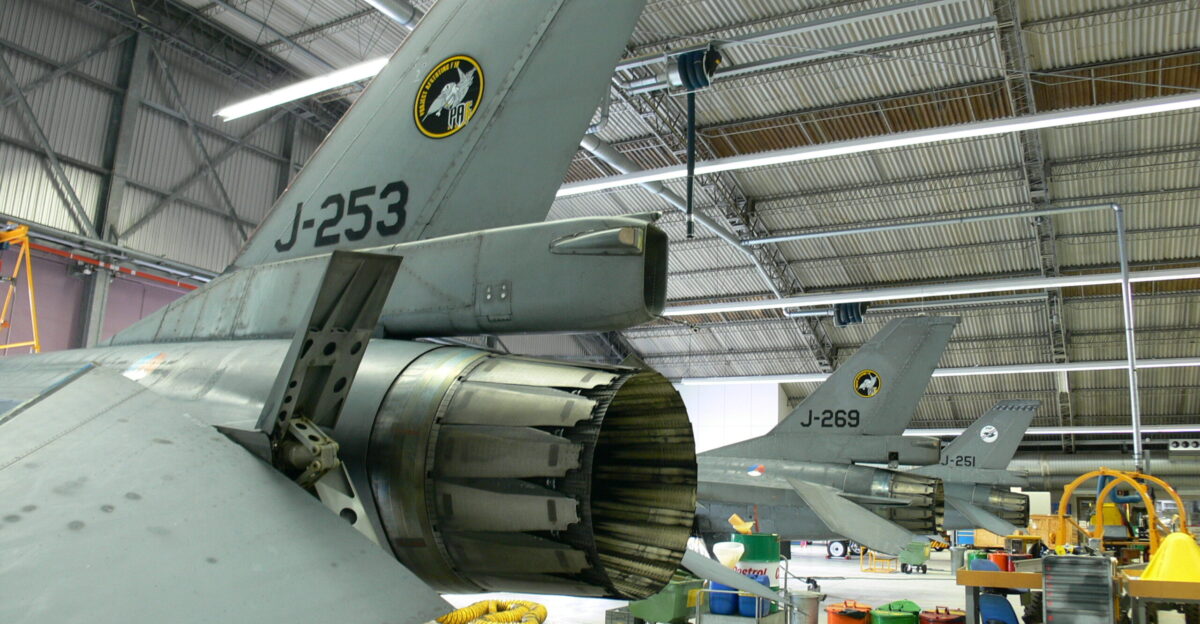
The Coyote Rover wouldn’t be a possibility without the important research and engineering that’s gone into the project. The project is primarily led by the U.S. Army Corps of Engineers’ Engineer Research and Development Center (ERDC). Important personnel on board include Dr. Shea Hammond and Dr. Jacob Jung.
According to Dr. Hammond, the goal of the team is to provide a balance of engineering and insight into wildlife to create the most efficient and humane way of dealing with the problem of wildlife on or near airfields.
The Future For Wildlife Management
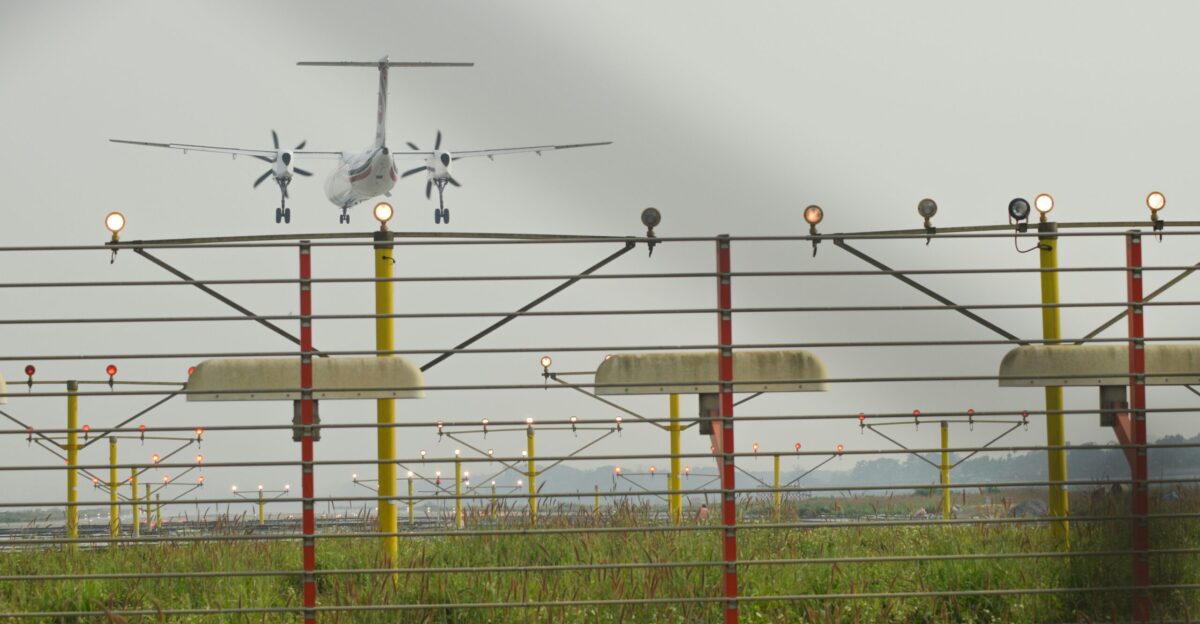
Early testing has proved the effectiveness of the Coyote Rover, and as more is invested in it, including AI, it could become a much more prevalent tool utilized in military and civilian applications.
Sometimes unconventional methods prove to be the most effective way of dealing with problems.


